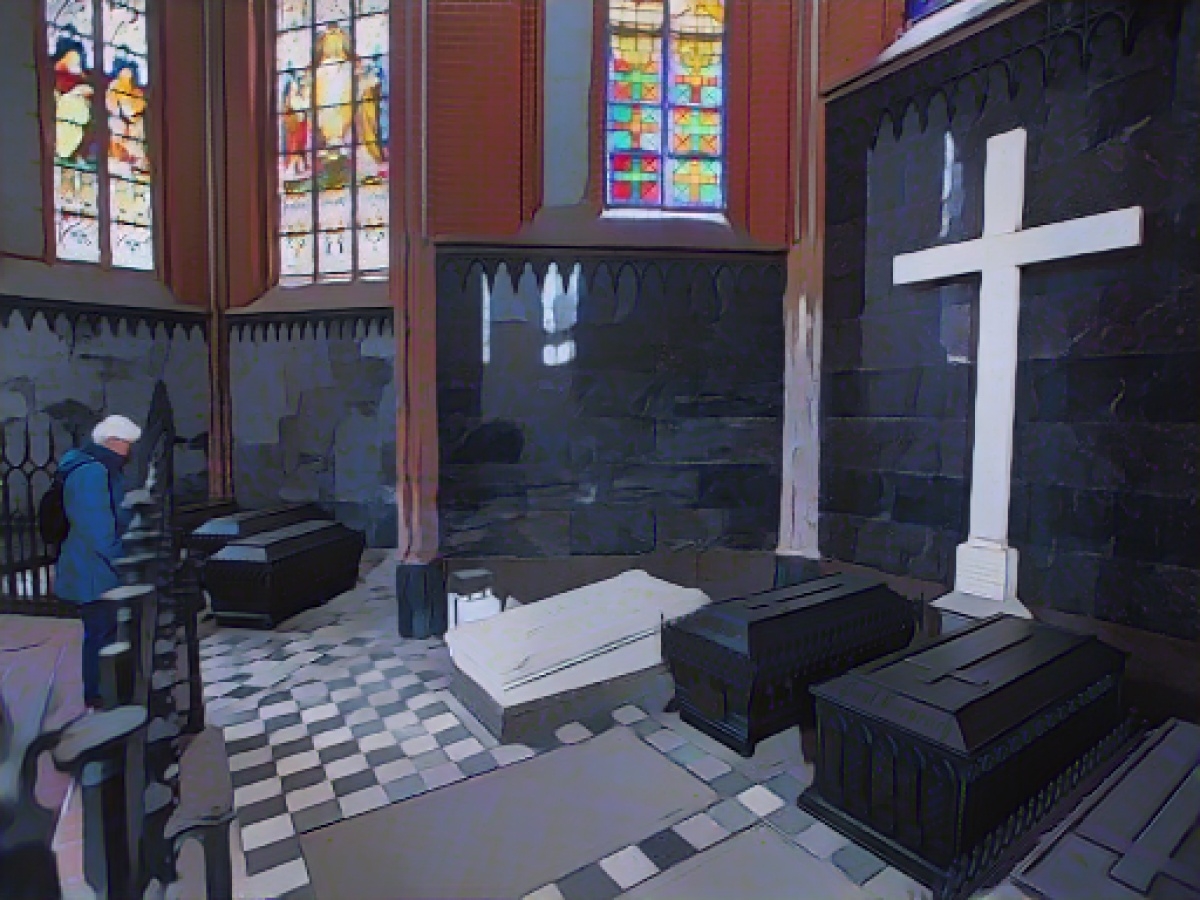Unveiling the origins of Brick Gothic in the north's architectural landscape has long been a subject of intrigue. One of the region's most significant cultural drawcards, Brick Gothic left a powerful impression with its awe-inspiring churches from Lübeck to Stralsund. But just how did this architectural style journey from France to the German coast? Which innovative church building paved the way for all the others?
Historian and scholar Rudolf Conrades posits a fascinating theory in his new publication, "Der Schweriner Dom und König Ludwig IX. von Frankreich" - Schwerin Cathedral and King Louis IX of France, published by Imhof Verlag. According to Conrades, Schwerin Cathedral was the first in the north and the blueprint for all following Brick Gothic structures.
Conrades traces this transformation back to a trip to Paris by Rudolf, Bishop of Schwerin, in 1262. As part of a Brunswick delegation attending a princely wedding in the French capital, Bishop Rudolf had the opportunity to meet the highly influential King Louis IX. The monarch was renowned for his acquisition of the Crown of Thorns of Jesus, one of Christianity's most revered relics, from the Byzantine Emperor years prior. In awe of his prized acquisition, King Louis commissioned the construction of the Sainte-Chapelle to house the relic - a shining example of High Gothic architecture.
Bishop Rudolf returned from this two-month adventure inspired and paid tribute to his newfound philosophies by gifting King Louis a thorn from the holy relic. According to Conrades, King Louis only dispensed three such thorns in all of northern Europe, one of which landed in the hands of Bishop Rudolf. Inspired by what he had witnessed, the Bishop felt compelled to build a cathedral for Schwerin that would serve as a worthy home for the thorn relic, adhering to the latest architectural fashion he had observed in Paris.
Conrades contends that the foundations of Schwerin's cathedral were laid a few years before 1272, with construction beginning around the choir of the cathedral. The ambulatory, a crucial feature of North German Brick Gothic basilicas, was meticulously designed to connect with the chapels and contribute to the architectural uniqueness of the region.
Lübeck Cathedral's choir, often referred to as the "mother of Brick Gothic," started construction around the same time as Schwerin's. The cathedral's structure emerged as a hall choir, providing a striking contrast to Schwerin's design. While St. Mary's Church in Lübeck might have held this title previously, the completion of the ambulatory choir didn't occur until 1277—significantly later than that in Schwerin.
The consultant for art and cultural assets at the regional church office of the North Church, Antje Heling-Grewolls, supports Conrades' findings. Heling-Grewolls references a recent dissertation by Anna Hoffmann on Schwerin Cathedral's architectural history which, together with Conrades' work, solidifies Schwerin Cathedral's significance in the development and popularization of Brick Gothic architecture.
The striking influence of Sainte-Chapelle in Paris unquestionably played a significant role in the evolution of Schwerin Cathedral and, in turn, Brick Gothic architecture as a whole. According to Conrades, King Louis' relic of the Crown of Thorns served as a primary catalyst for this monumental transformation. Bishop Rudolf's trip to Paris in 1262 and his subsequent inspiration to adopt the latest architectural trends proved pivotal in caressing a unique, timeless architectural legacy that continues to captivate and inspire awe in the northern European landscape.
[1] In order to provide more in-depth insight into the specific role of regional churches like Schwerin Cathedral in popularizing Brick Gothic architecture, further historical and architectural studies should be undertaken. Additionally, examining other churches that underwent architectural transitions from Romanesque to Gothic styles will help shed light on the broader context within which Brick Gothic emerged and flourished.





